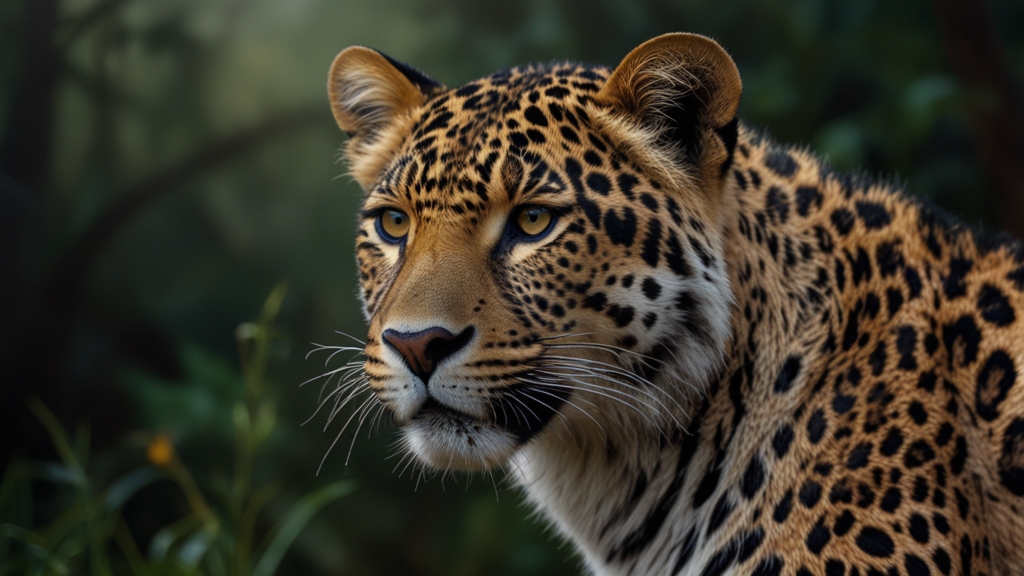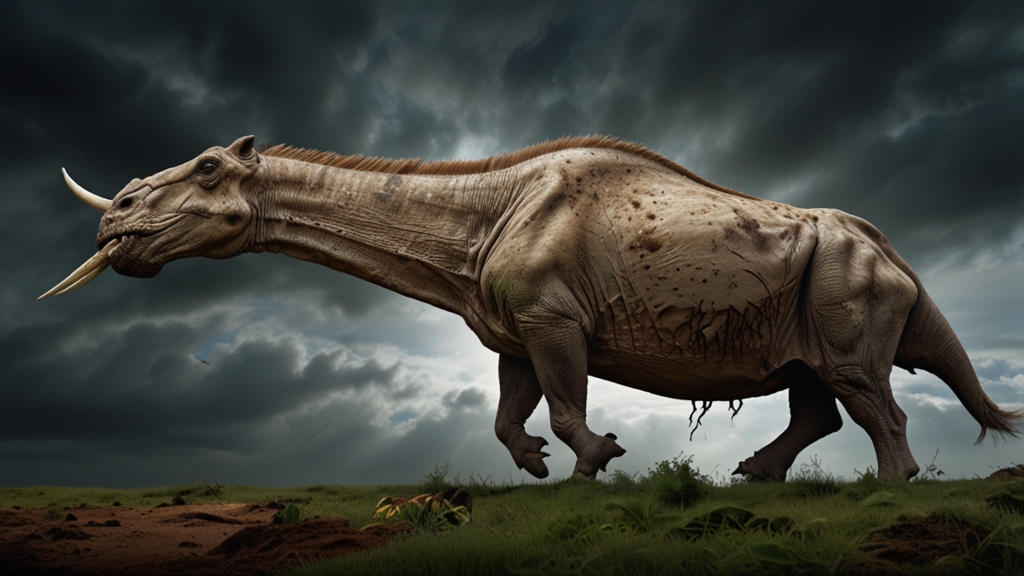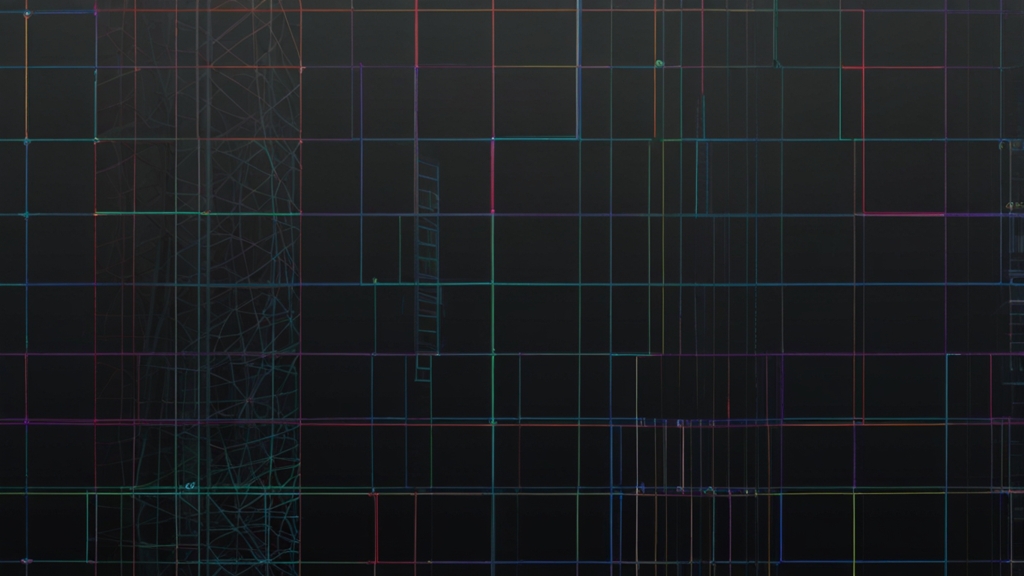A Call to Arms: Why We Must Act Now to Protect Our Wildlife
In recent years, the plight of wildlife across the globe has grown increasingly dire. With many species facing the brink of extinction, the need for urgent and coordinated action has never been more critical. This is not just a call to conservationists, but to every individual who shares this planet with countless other life forms. Protecting our wildlife is not merely an environmental issue; it is a moral obligation and a necessity for the future health of our planet.
The Alarming Decline of Wildlife Populations
Wildlife populations have experienced unprecedented declines in the past few decades. According to the World Wildlife Fund's Living Planet Report 2020, global wildlife populations have fallen by an average of 68% since 1970. This staggering statistic underscores the urgency of the situation. From the disappearing habitats of orangutans in Borneo to the dwindling numbers of African elephants, the threats to wildlife are multifaceted and pervasive.
“We are in the midst of a sixth mass extinction, and the rate at which we are losing species is alarming. This is a direct result of human activities, and it is within our power to change this trajectory.” – Dr. Jane Goodall, renowned primatologist and conservationist
Main Threats to Wildlife
Several key factors contribute to the dramatic decline in wildlife populations:
- Habitat Destruction: Deforestation, urban expansion, and agriculture are leading causes of habitat loss, directly threatening the survival of numerous species.
- Climate Change: Global warming and changing climate patterns disrupt ecosystems, altering food sources and habitats, and making it difficult for wildlife to survive.
- Poaching and Illegal Wildlife Trade: Poaching for ivory, rhino horn, and other animal parts continues to decimate populations of already endangered species.
- Pollution: Plastic waste, oil spills, and other pollutants wreak havoc on marine and terrestrial life, leading to death and long-term ecological damage.
- Overexploitation: Unsustainable fishing practices and hunting have led to the depletion of many species, disrupting ecosystems and reducing biodiversity.
Why Protecting Wildlife Is Imperative
The importance of protecting wildlife extends beyond ethical concerns; it has profound ecological, economic, and human health implications:
- Biodiversity: Healthy ecosystems rely on a diversity of species to maintain balance. Each species plays a vital role in its ecosystem, and the loss of one can have cascading effects on others.
- Human Well-being: Many communities around the world depend on wildlife and natural resources for their livelihoods, food security, and cultural heritage.
- Medical Research: Wildlife offers a wealth of knowledge and resources for medical research, including the development of new medications and treatments.
“The destruction of nature results in the collapse of our very life support systems. Biodiversity loss and ecosystem degradation must be halted for the sake of our own survival.” – David Attenborough
What Can Be Done?
Addressing the wildlife crisis requires a multifaceted approach and collective effort. Here are a few key strategies:
- Conservation Efforts: Supporting and establishing protected areas, wildlife reserves, and national parks to safeguard habitats is essential.
- Legislation and Policies: Enforcing laws against poaching, the illegal wildlife trade, and habitat destruction, while promoting sustainable practices, can help protect wildlife.
- Community Involvement: Empowering local communities to participate in conservation efforts ensures that conservation strategies are culturally sensitive and sustainable.
- Climate Action: Tackling climate change through renewable energy sources, sustainable agriculture, and reducing carbon footprints directly benefits wildlife habitats.
- Public Awareness: Educating people about the importance of wildlife conservation and the steps they can take to contribute is crucial for creating a culture of respect for nature.
Conclusion
The time to act is now. Protecting our wildlife is not just about saving animals; it is about preserving the very fabric of life on Earth. As stewards of this planet, it is our responsibility to ensure that future generations inherit a world rich in biodiversity and natural beauty. Together, we can turn the tide and create a sustainable future where humans and wildlife coexist in harmony.
“We have a momentous opportunity to come together as a global community to prevent the loss of wildlife and forge a path to a more sustainable future. Every action counts.” – Sylvia Earle, marine biologist and explorer









